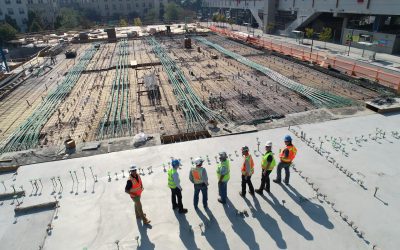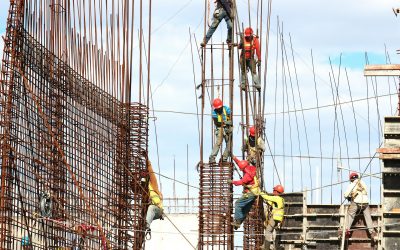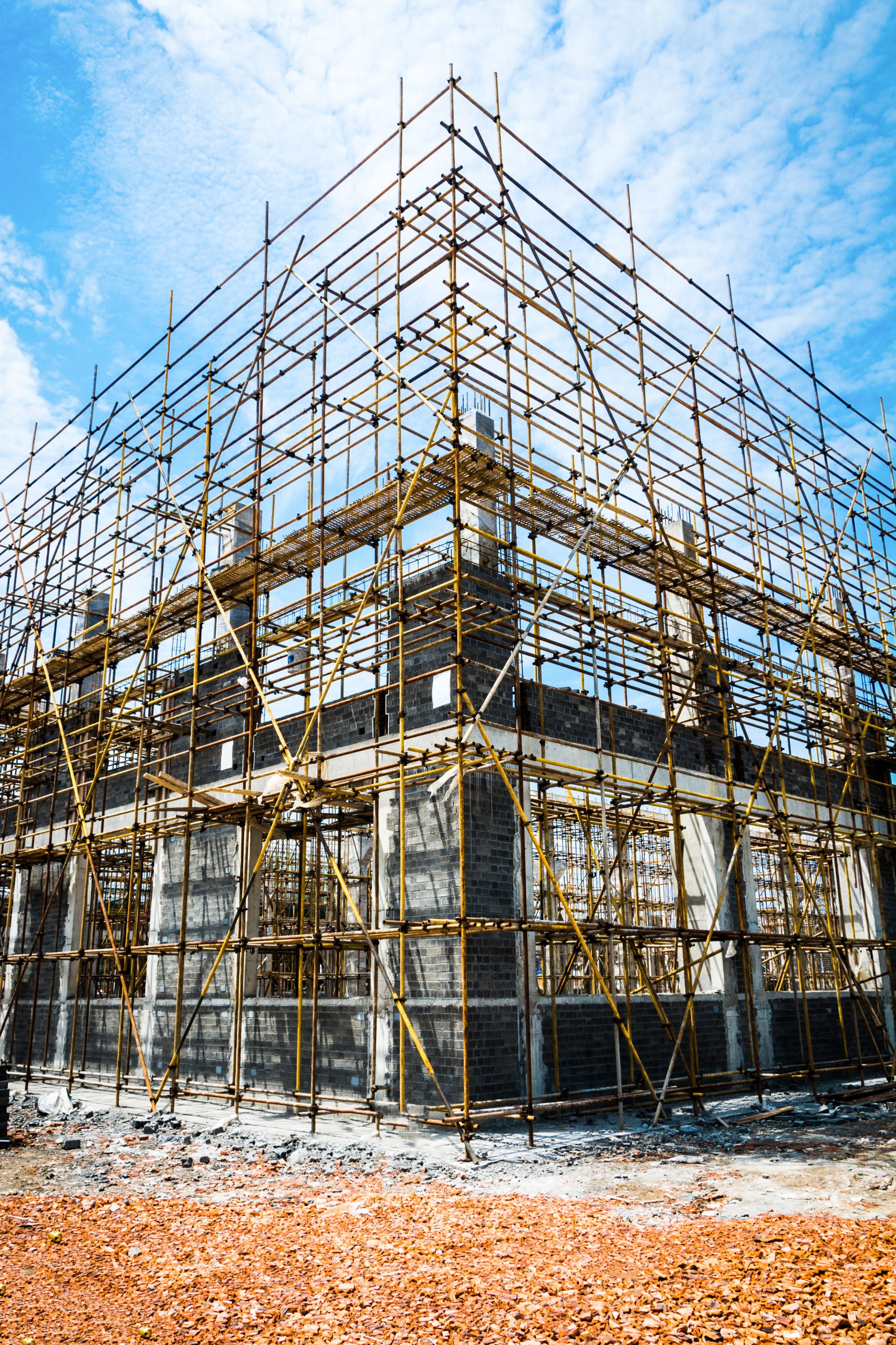What You Need to Know
- Planning applications in Ireland take about eight weeks for a decision.
- Essential documents include the planning application form, site location map, and structural drawings.
- Public consultation is mandatory and enhances project acceptance.
- Compliance documentation is vital post-approval.
Planning permission can feel like a maze, with various documents needed to guide you through the process. Planning applications in Ireland typically take around eight weeks for a decision, with the first five weeks spent on submissions and observations. Understanding the essential documents you need can help smooth this journey and avoid potential pitfalls.
| Document Type | Description |
|---|---|
| Planning Application Form | Must be completed accurately for consideration. |
| Site Location Map | Illustrates the exact location of the proposed development. |
| Structural Drawings | Detailed plans showing the design and layout. |
The planning application form serves as the cornerstone of your submission. This form must include personal details, a detailed project description, and the exact site location. Completing this form accurately is crucial because incomplete applications are often returned, causing delays. It’s like trying to enter a club without a proper ID; without the right details, you simply won’t get in.
The site location map is another vital document. This map must clearly indicate the proposed development area and include neighbouring properties and significant landmarks. Zoning laws dictate what activities can occur in certain areas, making it essential to present this information accurately. Think of it as your development’s GPS, guiding you through the intricacies of local regulations.
Structural drawings play a crucial role in assessing compliance with building regulations. These detailed plans should include floor plans, elevations, and sections, providing a comprehensive view of the proposed structure. A well-prepared set of drawings acts like a blueprint for success, ensuring that everyone involved understands the project’s intricacies.
A newspaper notice must also be published to inform the community about the application. This notice must run for a minimum of five weeks. Think of it as sending out an invitation—you’re letting your neighbours know what’s coming and giving them a chance to respond. Proper documentation of public consultations can enhance the project’s acceptance and ensure community engagement.
Furthermore, compliance documentation is critical after receiving approval. It ensures that the development adheres to all planning conditions, and failing to comply can lead to significant consequences. This documentation acts as your assurance that all the i’s are dotted and t’s crossed, providing peace of mind as you go through your construction journey.
If your planning application is refused, understanding the appeals process is essential. The appeals process allows you to challenge a planning authority’s decision within four weeks. Proper documentation is vital for a successful appeal, so it’s crucial to prepare detailed and compelling arguments. Just like a game of chess, each move must be strategic and well thought out.
Conclusion
Navigating the planning permission process requires attention to detail. From the planning application form to public consultation documentation, each document plays a crucial role in ensuring your project’s success. Planning permissions in Ireland generally last for five years, and maintaining compliance throughout this period is essential. Understanding these essential documents helps in securing approval and fosters positive relationships with the community and local authorities.








